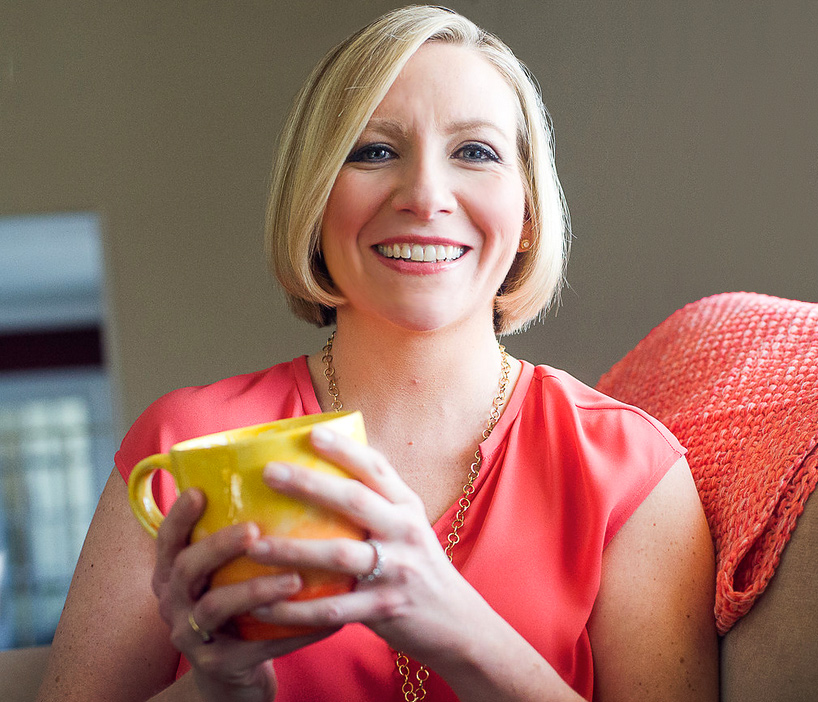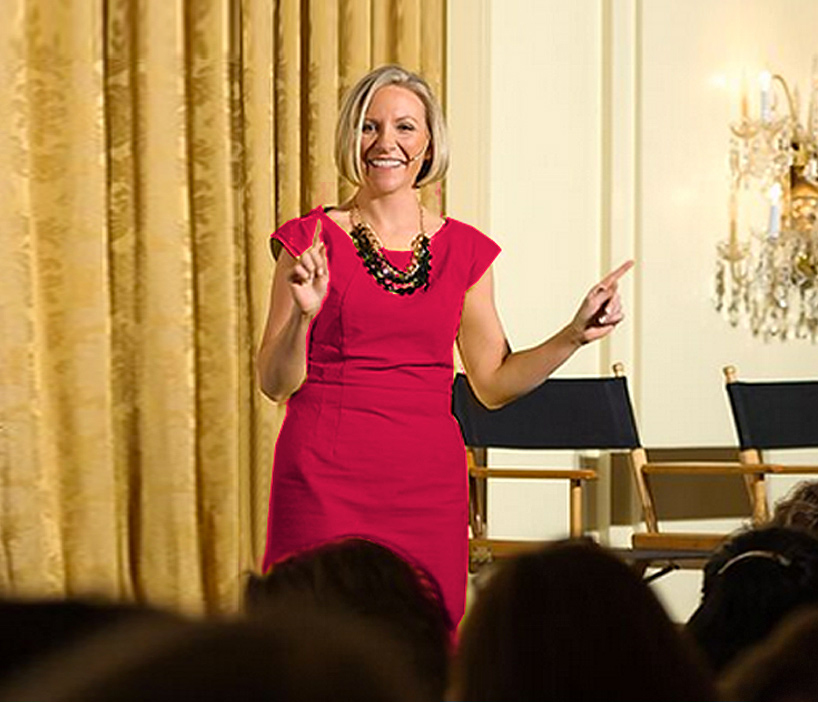 I’ll confess, I’ve always had a soft spot for Indiegogo because it was the platform I used for my campaign for a conference that taught stay-at-home moms how to launch their own home-based businesses. I recently had the pleasure of talking to Adam Chapnik, a principal of the company, whose business card title is actually “Evangelist”.
I’ll confess, I’ve always had a soft spot for Indiegogo because it was the platform I used for my campaign for a conference that taught stay-at-home moms how to launch their own home-based businesses. I recently had the pleasure of talking to Adam Chapnik, a principal of the company, whose business card title is actually “Evangelist”.
Small Beginnings
Adam joined the original three founders in 2010, (Slava Rubin, Danae Ringelmann, and Eric Schell) and merged his company Distribber. At the time Indiegogo was a niche crowdfunding platform for film.
The company was formed in 2008 as a way to fund film projects. In the past six years, the platform’s scope has widened to, as Adam said “anything you can imagine”. In their San Francisco headquarters, there is a giant word made of light bulbs that simply says “Empower”. To the Indiegogo team, empowering means letting people create whatever they want and not curating or creating strict guidelines for campaigns.
Adam said his team is open to everything from charitable missions to provide water to a village in Africa to an artist who wants to make a new kind of album with a glockenspiel and a bongo. He told me that he literally cries at least once a week—tears of joy—because of the incredible impact that Indiegogo has had on individuals’ lives.
What Sets Indiegogo Apart
From the beginning, their mission was not just for people to use the site, but also to make them feel happy. So they named their customer support as the “customer happiness” department. They have a 97 percent 24-hour response rate to customers.
Because Indiegogo is an inclusive platform for a variety of projects, it serves as a portal for people to be exposed to new products or ideas. If you look for a film on the site, you may also discover a new gadget, or a cause. Adam pointed out that seeing diverse projects co-exist creates a cross-pollination of things that makes each day exciting and fun for him.
The team is constantly following campaigns to see what’s working for some, what’s not working for other campaigns, and shares those insights and new ideas to campaigners through their blog. They also provide advice on vertical campaigns that each campaigner can learn from one another.
The Future Of Crowdfunding
Adam predicts that in the next year and a half, “the most famous bands on earth are going to directly distribute all of their music through crowdfunding.” But, he believes that will go beyond music. We have a similar vision of what the future holds in crowdfunding. It will become a go-to marketing tool for many companies, from start-ups to large brands.
The company sees crowdfunding as much more than just a fundraising tool. They look at it as a tool to formulate a great business plan, market your brand, connect with future customers, and do market research. I couldn’t agree more. Think about it, you can connect with customers, get their reactions, and fine-tune your product before it hits the marketplace!
When more companies use crowdfunding as a marketing tool, they’re going to realize that not only are they getting an invaluable platform for market research, they’re also making money off of the campaign, essentially paying for the marketing plan and development of a product. That’s going to revolutionize the way companies succeed and allow entrepreneurs to grow beyond their wildest expectations.
To listen to the entire interview click here.
Thanks for being here and reading my message. I want you to stay connected with me so that I can share all future communications with you.
Please enter your name and email below to join my community.
Success! Thank you for joining. You'll receive a confirmation in a while.
















